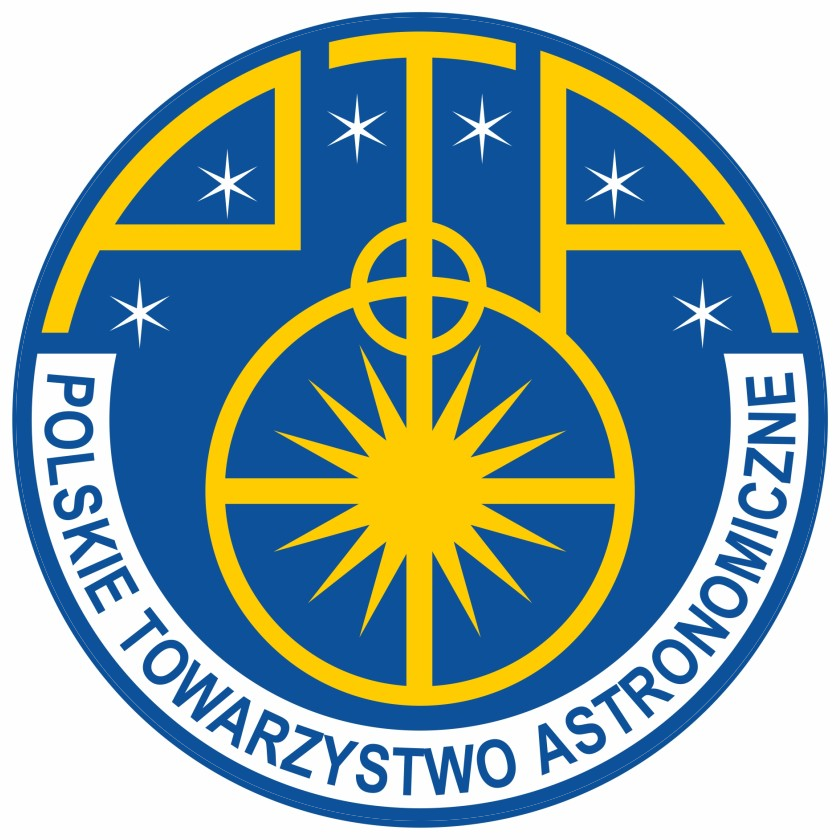John Eduard Martínez Fernández
Nicolaus Copernicus Astronomical Center, Polish Academy of Sciences
Session X: Poster session
Thursday 14th September 2023 12:00 – 13:00
abstract:
The study of open clusters plays a pivotal role in advancing our understanding of stellar formation and evolution. These clusters are believed to have originated from single molecular clouds, resulting in stars with similar initial chemical compositions in each cluster. Additionally, open clusters are distributed across a wide range of Galactocentric distances, making them valuable tracers of chemical enrichment throughout the Milky Way’s disk. In recent years, the Gaia mission has emerged as a crucial tool for open cluster studies. Gaia provides precise astrometry that aids in the determination of cluster membership and facilitates the discovery of new clusters. Moreover, Gaia Data Release 3 offers an extensive data set of stellar atmospheric parameters and chemical abundances, which greatly benefit investigations involving open clusters. This work presents preliminary findings from our ongoing investigation into the chemical abundances within the Galactic disk, utilizing Gaia results for stars in open clusters and cross-matching with other catalogs. The analysis is part of the development of a spectral analysis pipeline known as CHESS (CHEmical Survey analysis System). CHESS aims to automate the analysis of large stellar spectral datasets. For initial testing, we focus on re-analyzing high-resolution archival UVES spectra of stars in open clusters. By cross-matching the UVES sample with Gaia DR3, we have identified approximately 1000 stars within several open clusters that possess both UVES spectra and Gaia atmospheric parameters. As one of the primary steps in the CHESS pipeline, we employ unsupervised machine learning algorithms on photometric and spectroscopic data to perform a similarity analysis. This analysis aims to identify stars with highly similar effective temperatures, surface gravities, and metallicities, without conducting a radiative transfer analysis. Consequently, the similarity analysis serves as a consistency check for the Gaia atmospheric parameters. In this poster, we present our methodology and the outcomes of a consistency check conducted on the Gaia DR3 atmospheric parameters and metallicities for stars within the open cluster fields. We then proceed to discuss how our sample can contribute to the investigation of chemical enrichment patterns within the Galactic disk.
